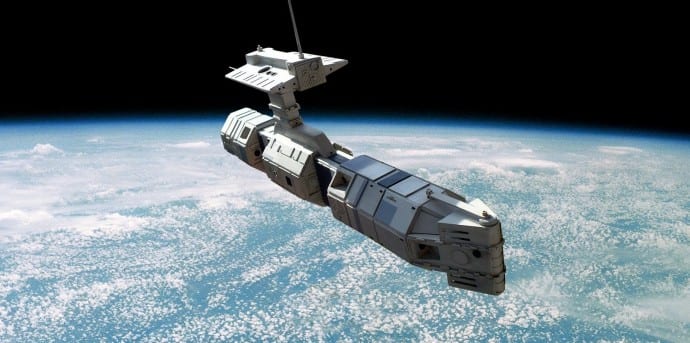However, Russia will be able to reach this goal only by 2025.
Many of those challenges were resolved by the Soviet scientists by 1967, when they started launching fission-powered satellites.
Americans had their own program, called SNAP-10A, which was launched in 1965.

The really expensive thing will be designing a ship around these things.
One flavor of nuclear propulsion is nuclear thermal.
Burning stuff goes one direction, spaceship goes the other.

The principle isnt too far from chemical propulsion.
Based on a metric called Specific Impulse, rocket scientists rate propulsion methods, chemical or otherwise.
But the results of those two methods are completely different, as chemical rocketry has a catch-22.
you better pack more fuel, if you want to go faster or more farther.
Also, this does not even consider the incredible cost of launching fuelabout $3,000 a pound.
Modern versions could likely do even better.
Fission power would also give probes more maneuverability.
One civilian app is to collect all the space junk, says Sokov.
You are free to think of other, perhaps not as innocent applications.
Even though Russia has the will to go nuclear, it however lacks the sources.
This is about $700 million, which is freaking cheap for a 15-year long space project.
In comparison, the rocket part of NASAs Space Launch System is projected to cost nearly $10 billion.
By 2018, Rosatom plans to have a land-based test reactor.
However, that does not mean the engine would be entirely secure.
Resources:wired
Read More
source: www.techworm.net